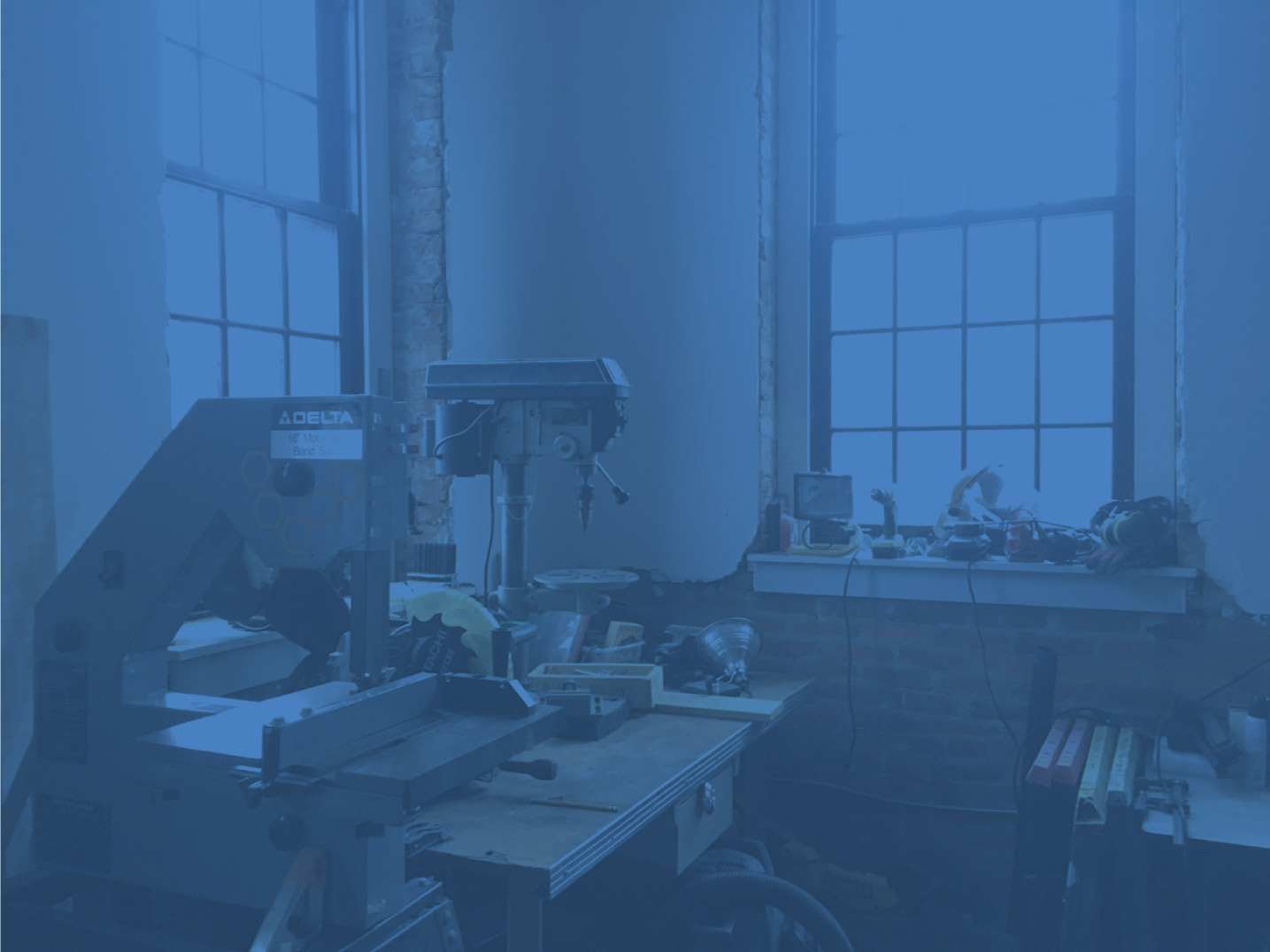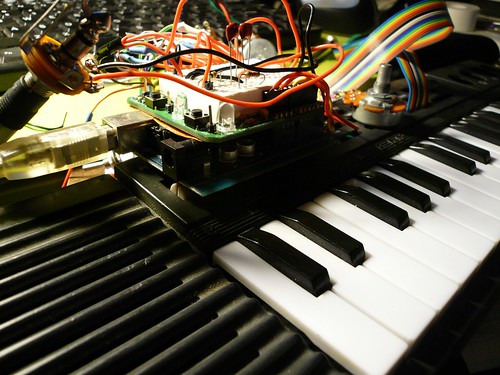On Thursday May 5th, Hive76 will be hosting DIY Music Night which will engage participants of all experience levels in electronics, programming, and sound. The event is FREE to attend, participants can pay to take home their instructional materials at cost.
There are two activities to do, design your own analog synthesizer and design your own computer interface. Participants will be able to do both activities if they wish.
Build your own synthesizer
Using breadboards and a handful of very affordable components, participants will get hands on instruction in the field of analog signals. We will be making headphone amplifiers, oscillators, noise generators, filters, and more!Build your own USB control surface
Using a specialized Arduino board called a Teensy participants will get to create USB MIDI control surfaces that will work with any music software. Instructors will be helping everyone to adapt sample code for their unique design. Learn how easy and inexpensive it can be to create your own controller customized to your needs!
7:00 PM
Free to attend, $10 to take home a synthesizer
1901 S 9th St Philadelphia, PA 19148
Entrance is on Dudley st in the middle of the block, look for the touchpad to call a Hive76 member






